NEWS CENTER
HOT PRODUCTS
-
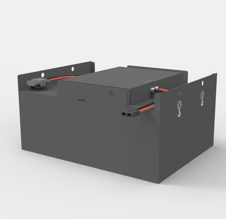
CATL forklfit lithiu...
-
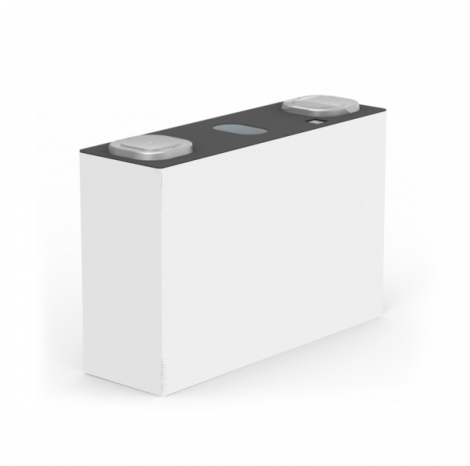
3.2V 100ah 6C high r...
-
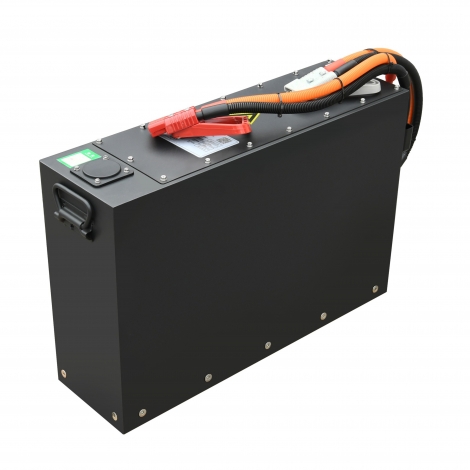
24V forklift battery...
-
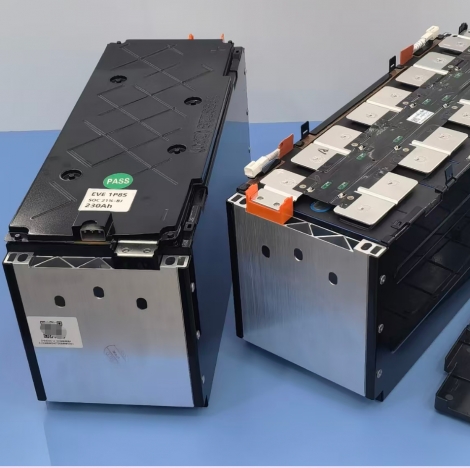
certified 9.6V/16V/2...
-
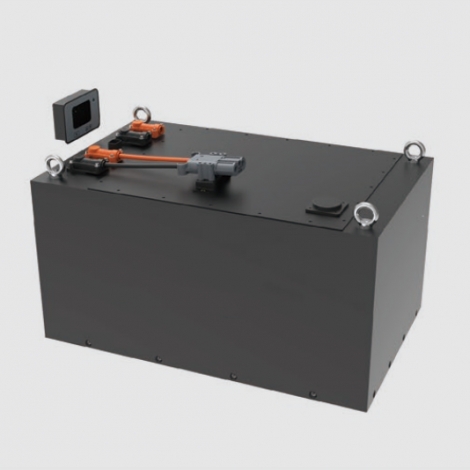
51.2V Forklift li-i...
-
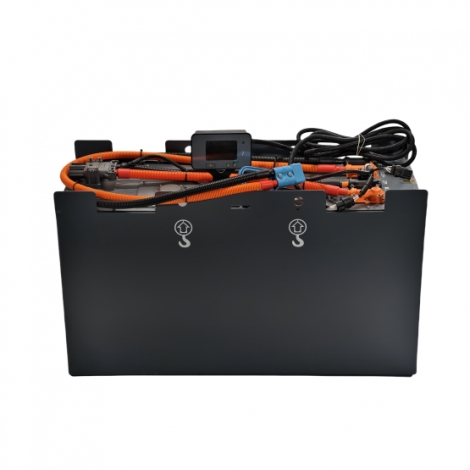
48V 80V Forklift LiF...
-
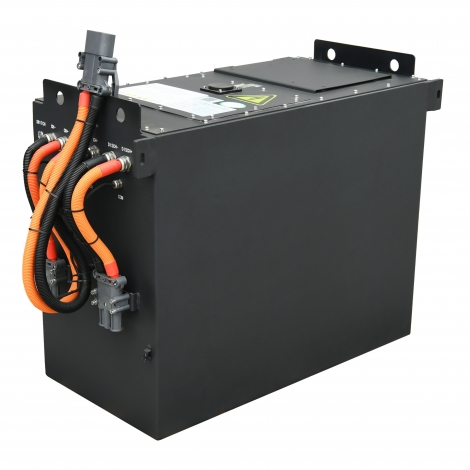
51.2V/83.2V Forklift...
-
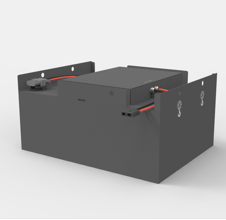
51.2V/83.2V Forklift...
-
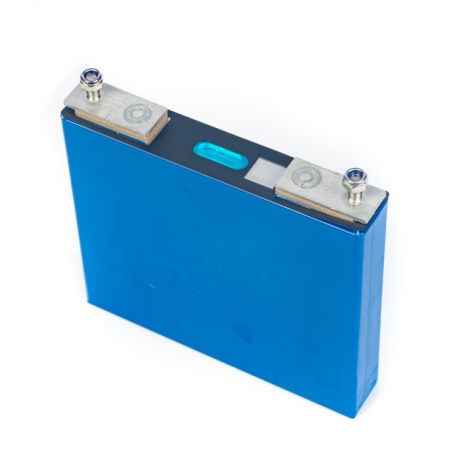
-45degree lifepo4 ce...
-
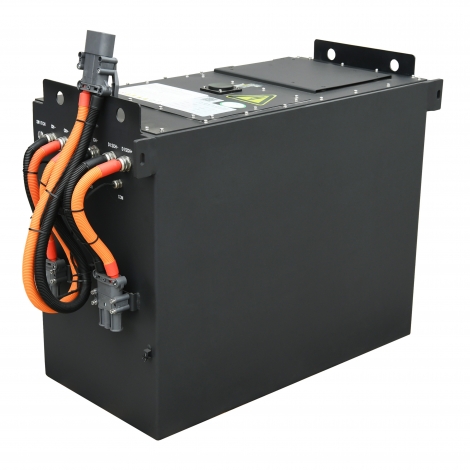
48V 500ah Forklift L...
-
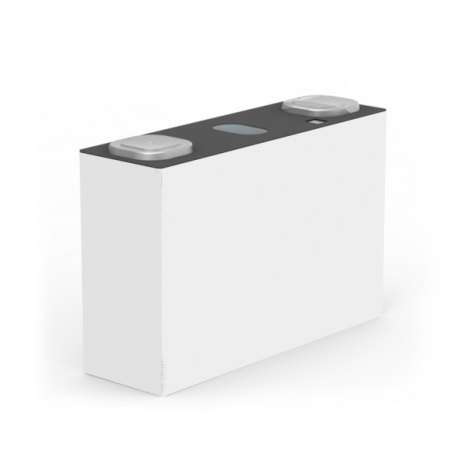
lifepo4 cell 3.2V 10...
-
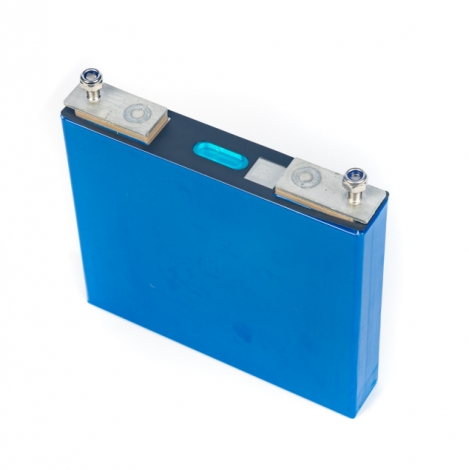
UPS, 50ah 3C/6C hig...
-
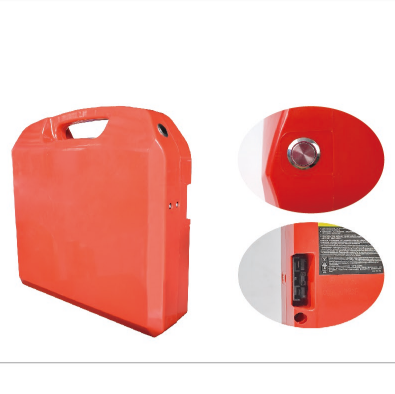
Heli 24V 40ah electr...
-
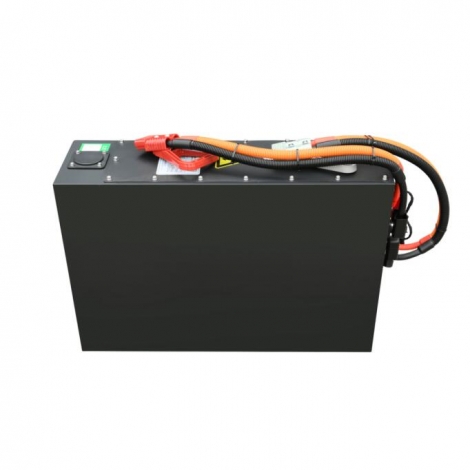
CATL 24V forklift li...
-
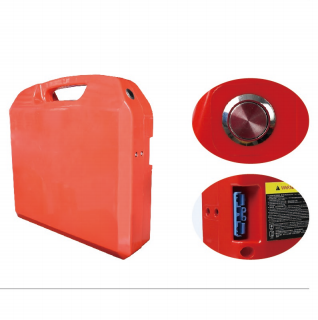
Heli 48V 30ah electr...
How Do You Distinguish Grade A, B, And C for LiFePO4 Battery Cells?
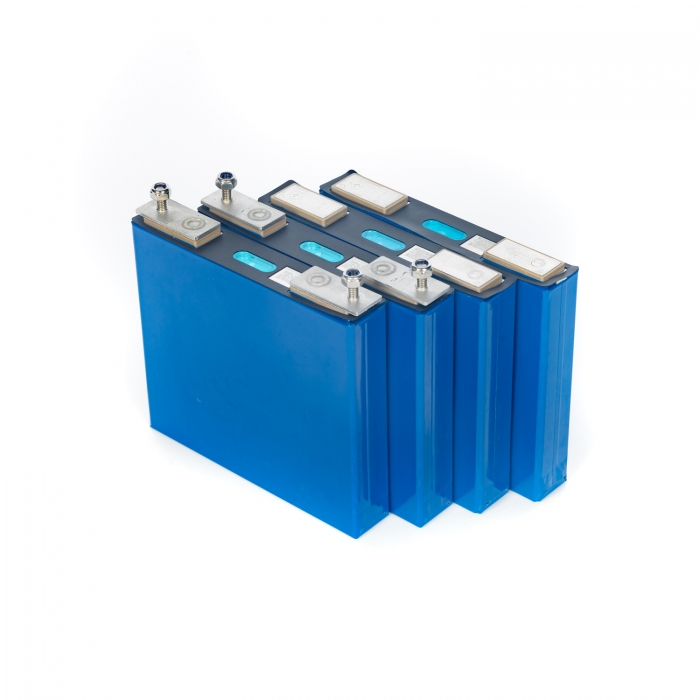
How Do You Distinguish Grade A, B, And C for LiFePO4 Battery Cells?
Do you have the questions that what are LiFePO4 battery cell grades?How do I make sure the batteries I buy are grade A? How do manufacturers use cell grades in the manufacturing of batteries? How do the different grades affect the quality of a battery? Here are the answers.
After the cell manufacturers finish the same batch of cells, they will be classified according to the cell’s discharge test performance and divided into four categories ABCD.
Cells are always to be categorized as graded A, B, C and D but there is not a manufacturing standard for categorizing cells; each factory may have their own standard so thus cell grade categorization is not necessarily scientific.
What Is Grade A LiFePO4 Battery Cells?
Grade A cell is of the highest quality standard. Grade A lithium ion battery cells are within the range of technical parameters in all aspects, the appearance is intact(no damage), no swelling, and no abnormal battery can be called grade A. Its battery materials, technology, energy storage, stable charge and discharge, specifications, and constant temperature standards are all high-quality standards.
Grade A battery cell is generally to place an order to the battery cell factory. The battery cell factory arranges production according to the factory’s own production capacity and technical ability. After a series of battery manufacturing processes, the final product is delivered to the customer. Before placing an order, the battery production plant generally communicates battery capacity, thickness, length, width and other parameters.
Then the batteries are made completely according to the standard of the order is called grade A cell.
What Is Grade B Lithium ion Battery Cells?
The efficiency of the grade B cell is around 80%~90%of grade A cells, and its battery materials, technology, energy storage, repeated charge, and discharge, etc. are a bit different from the grade A cells, especially the defective rate, the defective cell will cause the energy storage of the entire battery pack, leading to instability on charging and discharging etc..
As we know there must be a defect rate for any manufacturer producing batteries. Then this defect rate determines the vitality of a factory. In this battery industry, there will not be a big gap between the first-line lithium battery and the third-line lithium battery factory based on technology, ingredients, etc., however in manufacturing process, the difference in defect rate is very large. First-tier manufacturers can achieve about 2%, while second-and third-tier manufacturers may achieve 5-10%. Due to this defective rate that a grade B battery is created.
As a matter of fact, there is only a slight gap in the capacity of the grade B battery, or the length and width that do not meet the specifications, but there won’t be much of a drawback regarding performance.
In addition, if a grade A cell is generally placed in a warehouse for 3-6 months, it is also called grade B. Of course, this is just a popular saying.
What Is Grade C Lithium ion Battery Cells?
Grade C batteries are below average in every aspect, which performance is lower than Grade A and B cells. The energy storage, stable charging and discharging efficiency, technology, and repeated charging, and discharging of Grade C batteries are different from those of Grade A batteries.
To be more accurate, if Grade B cells have been stored in the warehouse for over 8 months, they can be called Grade C If they are still not shipped. Grade C cells are due to the long storage time and the aging of self-discharge, dust and moisture, so Grade C batteries are most likely to swell.
How To Distinguish Grade A, Grade B, And Grade C Cells?
The term “Grade A Cells” has been used hundreds of times as a marketing phrase designed to convey a sense of top quality and performance. However, usually there are Grade A, Grade B, and Grade C types of battery cells. A manufacturer will rate the cells they produce so as to categorize the performance differences of the cells. So one manufacturer’s type of “Grade A” might be equivalent to another manufacturer’s “Grade C” or worse!
The best way to know a cell is Grade A or Grade B is to check if the cell meets the manufacturers’ specifications

 Send Email
Send Email 18963643619
18963643619